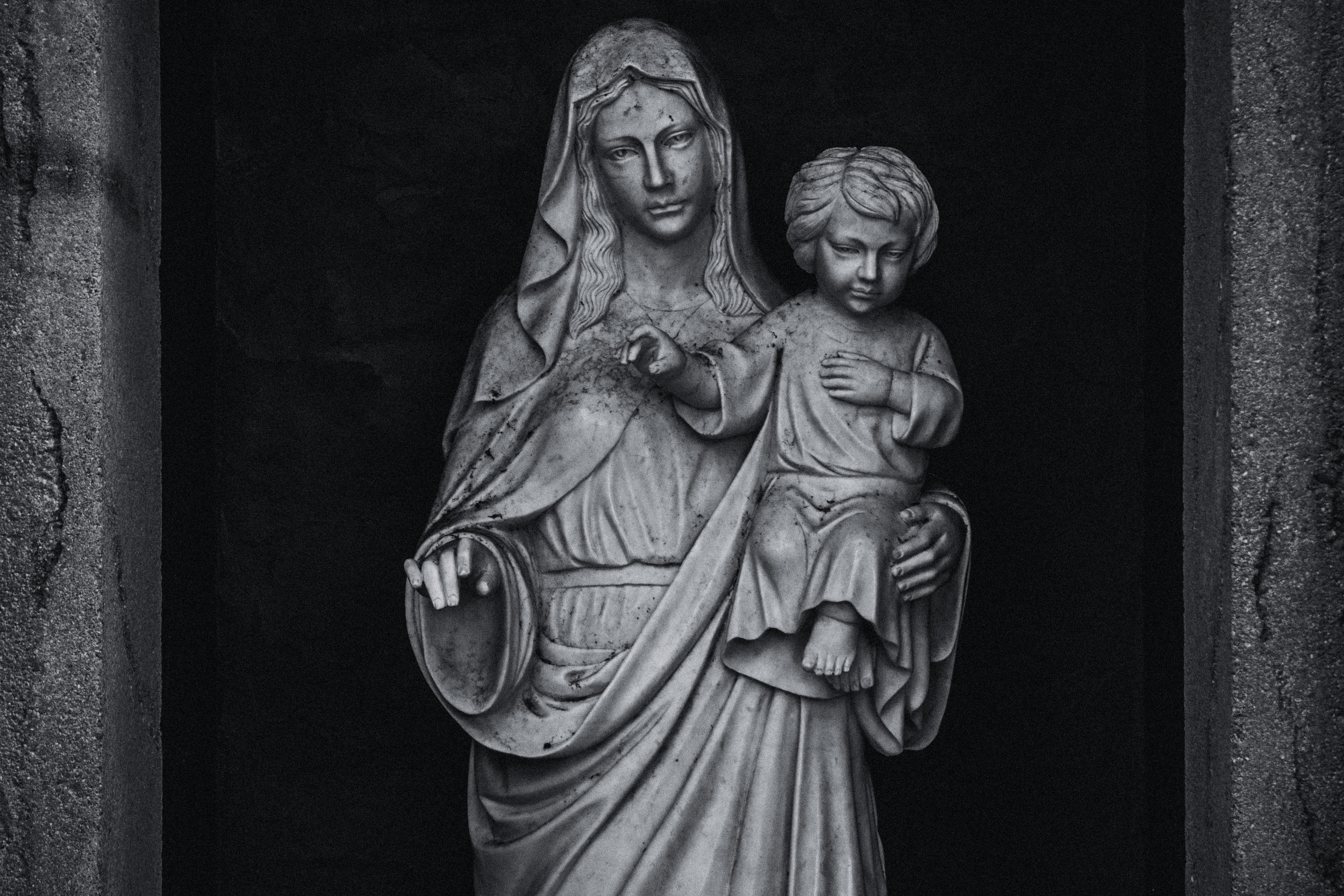
Fede Galizia: An Italian Renaissance Artist of Still Life, Portrait and Miniature Merit
The Italian Renaissance painter Fede Gallizi, also known as Fede Galizia (1578-1630), is often considered the pioneer of the Still Life style. Her father Nunzio Galizia (1573-95), a miniaturist, named her Fede (Italian, meaning faith) and trained her. At the age of twelve, he received praise from the prominent painter Gian Paolo Lomazzo (1538-92) for the imitations he had created. At an early age, Fede demonstrated his creative caliber, especially in portraiture, and began working on commissions.
His early paintings focused on jewelry and clothing, capturing their intricate details that immensely harnessed the painter’s ability to portray. Galizia was also often invited to paint religious and secular subjects. He made his first “dated” still life work, in 1602. Fede painted miniatures, portraits and altarpieces, but his forte was Still Life. Oriented to the Renaissance and flavored with Realism, his creations were detailed, full of vibrant colors and wonderful light effects. They would almost force the viewer to reach out and try to hold the objects in the image. Their attention to light, shadow, and interpretation between the two was unrivaled at times. Steeped in 16th century Lombard mannerism, most of her still lifes were with fruits and flowers. The only variations in the catch existed as cut fruits.
Fede Galizia was an excellent painter of altarpieces and miniatures as well. He received several related public commissions for the churches of Milan. His best known altarpiece is the ‘Noli me tangere’ (1616), which he made for the altar in the church of Santa María Magdalena, Florence. While his most famous work is ‘Still Life with Peaches and a Porcelain and a Bowl’, ‘Peaches in a Perforated White Earthenware Basket’ also received much praise. His portraits, believed to be self-portraits, such as ‘Judith with the Head of Holofernes’ (1596) and ‘Judith and her Maiden’ (1596) are also famous for their creative versatility. His portrait ‘Portrait of Paolo Morigia’ (1596) so impressed the writer Morigia that he became a devoted supporter of Fede. Throughout her life, the painter continued to travel between the triangle of Italy, Greece and Spain to collect some creative fodder.
Despite all the work he was doing, Galizia’s talent did not receive the amount of praise it deserved. While several of his most beautiful works were attributed to his male counterpart Panfilo Nuvolone (1581-1651), many others went unnoticed. Living as a happy single woman, she passed away in 1630, due to the plague that had struck Milan during 1629-31. At the end of the 20th century, 1963-89 to be precise, his works were studied and gained the fame and respect they deserved.